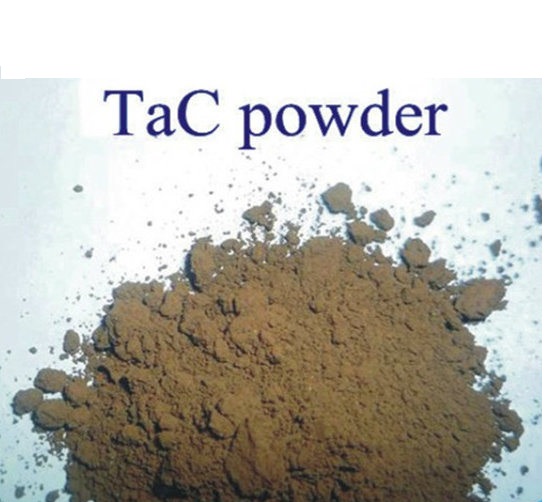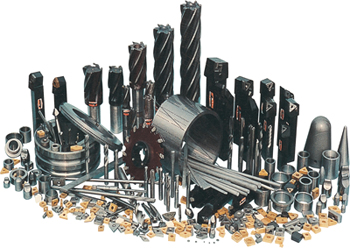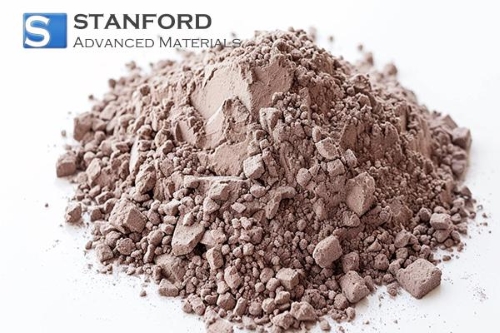What Can We Expect to Acquire from Tantalum Carbide in the Future?
Tantalum carbide is a kind of transition metal carbide with a black or dark brown color, which belongs to the cubic crystal system. Being important cermet materials, tantalum carbides are commercially used in tool bits for cutting applications and are sometimes added to tungsten carbide alloys. The melting points of the tantalum carbides peak at about 3880 °C depending on the purity and measurement conditions; this value is among the highest for binary compounds.

Tantalum carbide has excellent physical and chemical properties, such as high hardness, high melting point, good electrical conductivity and thermal shock resistance, good resistance to chemical corrosion, high resistance to oxidation and catalytic properties, etc, which make tantalum carbide widely used in industrial and military fields.
Tantalum carbide is widely used as a kind of additive in hard alloy, the main function of which is to improve the high-temperature strength of cemented carbide and tungsten carbide particles. In cutting tools, tantalum carbide is used to increase the substrate metal resistance to chemical corrosion resistance and wear resistance as a kind of hard coating; militarily, tantalum carbide serves as a jet engine turbine blades and rocket nozzle coating, which can improve the erosion resistance and prolong service life significantly. Because of its good conductivity, tantalum carbide can be used in electrode materials, and can also be cut into complex shapes with wire cutting; as well as the second phase particles reinforced metal matrix composites, tantalum carbide used in aerospace, metallurgy, building materials, electric power, hydropower, mining, and other fields.

Moreover, tantalum carbide can also be used for powder metallurgy, cutting tools, precision ceramics, chemical vapor deposition, and hard wear-resistant alloy additives to improve the toughness of the alloy. The sintered body of tantalum carbide shows golden so that it can be used as watch adornment. Also, super-cemented carbide can be made with the cooperation of tantalum, niobium, and tungsten carbide.




